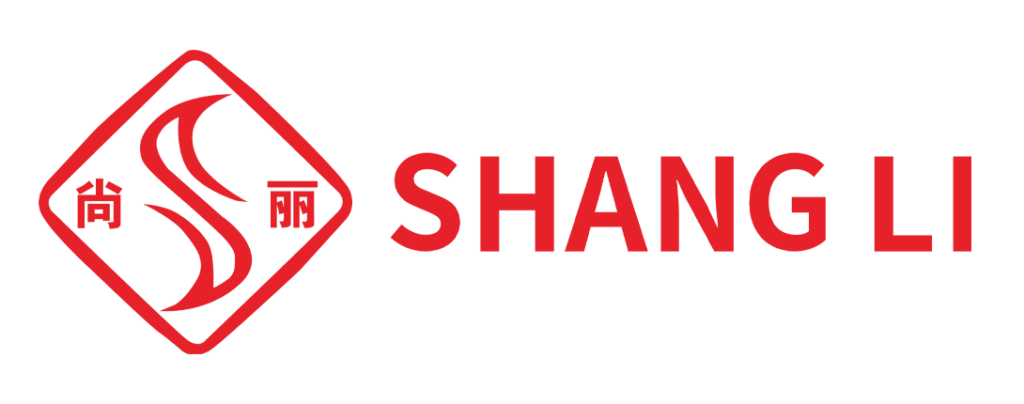In today’s high-speed, high-power electronics era, the stability and efficiency of devices increasingly depend on one invisible yet vital factor: heat management. Whether in electronic equipment, power supplies, or communication systems, excessive heat can drastically reduce performance, shorten component lifespan, and even cause safety failures.
This is where the aluminum heat sink comes in. Known for its excellent heat dissipation, resistance, and flexibility in design, aluminum has become the industry’s top choice. When combined with customization capabilities, aluminum alloy heat sinks deliver performance that meets the precise needs of modern industries.
Why Choose Aluminum Alloy? — Core Advantages of Materials and Processes
The material selection for a heat sink is crucial. Aluminum alloys stand out among metals for several reasons:
Excellent Heat Dissipation: Aluminum’s natural thermal conductivity ensures efficient heat transfer from electronic components.
Excellent Heat Resistance: When oxidized at high temperatures, aluminum resists discoloration and degradation, making it ideal for demanding environments.
Excellent Ductility: Aluminum products can be easily extruded, CNC-machined, or die-cast into complex shapes without deformation.
Lightweight Yet Strong: Compared to copper, aluminum heat sinks are lighter, easier to handle, and more cost-effective in large-scale manufacturing.
Surface Treatment Flexibility: Anodizing and powder coating enhance both corrosion resistance and aesthetics, allowing for multiple color options.
Bottom line: Aluminum alloy is not just a choice of convenience—it is the optimal balance of performance, durability, and cost-efficiency.
How to Succeed in Customization? — A Comprehensive Analysis of the Customization Process
Every electronic system has unique thermal challenges, which means off-the-shelf solutions are often inadequate. Customization ensures the heat sink precisely matches the application.
The customization process typically involves:
Thermal Requirement Analysis: Understanding the device’s heat load, operating environment, and cooling targets.
Design Stage: Selecting the heat sink type (extruded, bonded fin, skived, or CNC-machined) based on performance requirements.
Material Selection: Choosing the right aluminum alloy (e.g., 6063 for extrusion, 6061 for machining) for strength and conductivity.
Prototype Manufacturing: Rapid prototyping validates thermal simulations and ensures design accuracy.
Surface Treatment: Anodizing, chromate coating, or painting adds durability and improves thermal radiation.
Mass Production & Quality Testing: Strict dimensional and performance testing ensures reliability and consistency.
Takeaway: Successful customization is not just about design—it’s a holistic process that balances thermal efficiency, manufacturability, and cost control.
In-Depth Analysis of Application Scenarios — Empowering Three Core Areas
1. Electronic Equipment
High-precision circuit boards, CPUs, and GPUs generate concentrated heat.
Aluminum heat sinks provide fast heat transfer and maintain stable operating temperatures, ensuring device longevity.
2. Power Supplies
Power converters, UPS systems, and adapters operate under continuous load conditions.
Customized aluminum alloy heat sinks ensure efficient dissipation, preventing overheating and reducing energy losses.
3. Communications Industry
Base stations, routers, and 5G devices require continuous uptime with stable thermal control.
Aluminum heat sinks ensure signal stability by protecting critical chips and power modules from overheating.
Impact: In all three fields, aluminum heat sinks are not optional—they are critical enablers of performance and safety.
Key Factors in Selecting a Customization Supplier
Not all suppliers can meet the stringent requirements of high-performance heat sink customization. Choosing the right partner requires evaluating several key factors:
Technical Expertise: Ability to conduct thermal simulations, material selection, and advanced machining.
Production Capability: Facilities for extrusion, CNC processing, anodizing, and large-scale production.
Quality Assurance: Certifications (e.g., ISO9001, RoHS, CE) and strict inspection protocols.
Customization Flexibility: Ability to handle low-volume prototypes as well as high-volume orders.
After-Sales Support: Ongoing technical support ensures the product performs throughout its lifecycle.
Conclusion: A trusted supplier doesn’t just deliver a heat sink—they deliver confidence in long-term device reliability.
Conclusion
From electronic devices to power supply systems and communication infrastructures, customized aluminum alloy heat sinks are the invisible heroes that ensure safety, stability, and efficiency.
Their excellent heat dissipation, durability, and flexibility in design make them indispensable in today’s high-performance world. By partnering with a professional customization supplier, businesses can unlock long-term reliability, cost-effectiveness, and innovation in thermal management.

